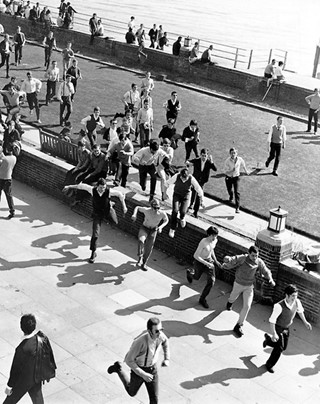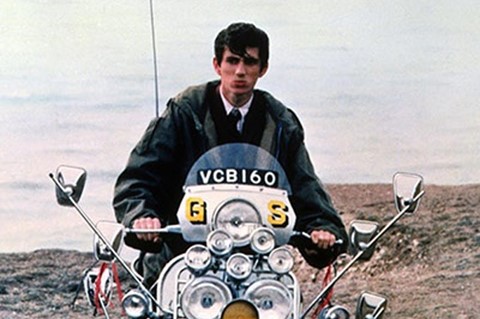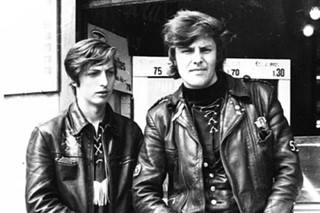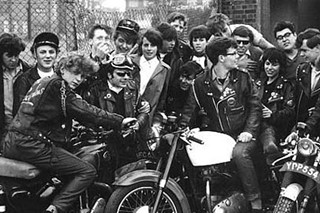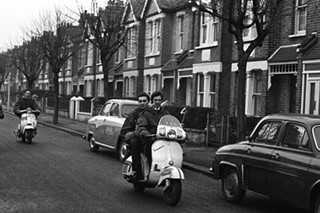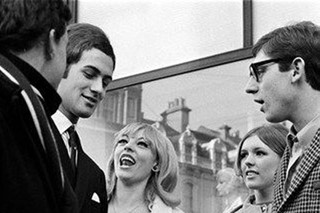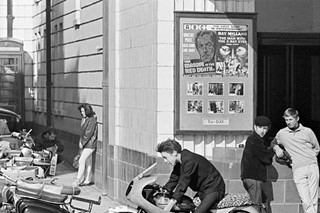Fifty years on since the legendary Mods & Rockers riots of 1964, AnOther considers the clash of two countercultures
In 1964, on the beaches of Brighton and Margate, amidst a sea of leather jackets, parkas, long hair and white socks, one of Britain’s most violent and memorable subculture clashes broke out. The fight was between Mods and Rockers, and resulted in a series of riots that would go down in history, representing the power of youth and the strength of clothing as a collectivist tool. Newspapers compared the violence to a forest fire, spreading fast across the country, the iconically dressed protagonists battling in their thousands, armed with deckchairs and bike chains.
While the media blasted these groups, the riots have since been recognised, for better or for worse, as a prominent moment within fashion and culture. The subcultures of the 1960s defined Britain, as it underwent a radical period of change and rebellion instrumental in shaping today’s social strata. Their DIY-aesthetic pioneered a look that continues to be reinvented by fashion houses, in Saint Laurent leathers, Prada brogues and Junya Watanabe's patchwork suiting and snagged knitwear. Even Joseph, with its elegant peacoats, jean-jackets and parkas, echoes the mod.
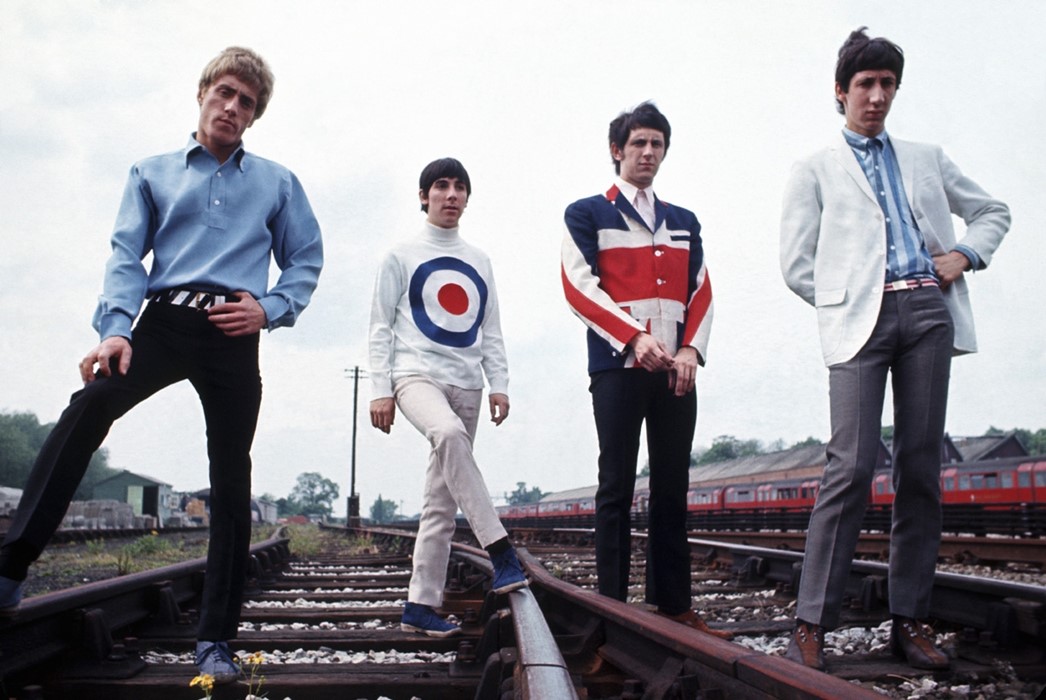
An abbreviation of Modernists, the Mod look stemmed from the teddy boy and 1950s jazz era. They were widely associated with Lambretta and Vespa scooters, parka jackets and tailor-made suits worn with knitted ties. They developed the ‘mod target’: a tricolor circle, originally a military ranking but adopted by the Mods as their battle cry. They were known for their amphetamine-driven raves, listening to ska, R’n’B, stax and Motown, their musical and sartorial styles led by The Who and John Cooper Clarke. “You’d go to John Michael and pinch things – £80 sunglasses. It was a full time job,” Clarke remembers. “Food wasn’t high on the agenda, there was no hip food. You blew your wad on cloth, not even records.”
"Mods listened to ska, R’n’B, stax and Motown, their musical and sartorial styles led by The Who and John Cooper Clarke"
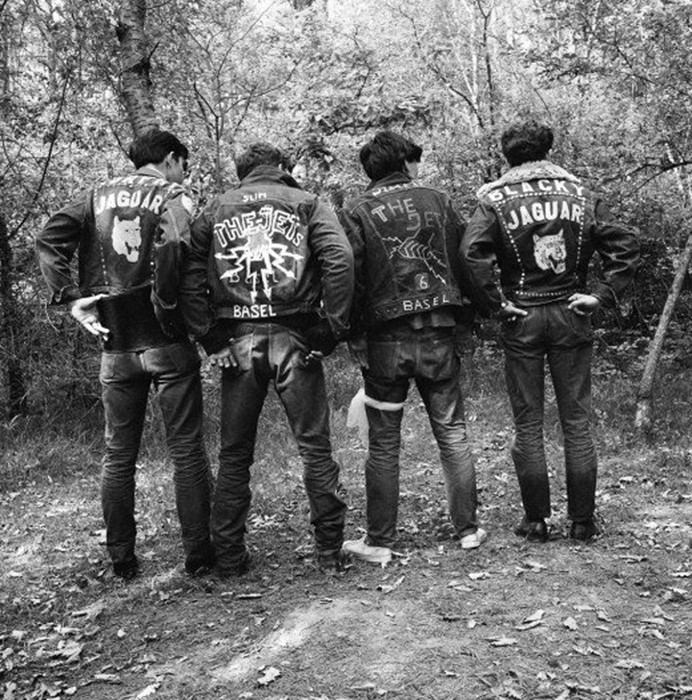
While Mods championed Italian scooters, Rockers rode motorcycles, Their uniform consisted of a leather jacket, denim jeans, creeper shoes and pompadour hair lacquered in Brylcream. They wore white socks rolled over the top of their boots and would paint their jackets with aggressive scrawls and studs. They listened to Elvis and Jerry Lee Lewis and idolised Marlon Brando and Steve McQueen. The Leather Boys (1964) captures the mood of the time, referencing The Ace Café, the rocker's iconic backdrop.
"The Rocker uniform consisted of a leather jacket, denim jeans, creeper shoes and pompadour hair lacquered in Brylcream"
The irony is that while these two subcultures were at loggerheads, by the end of the decade the fashions that followed were a hybrid of both. Their style infiltrated that of later generations, who plucked strands from both parties to develop their own wave of rock and grunge. They have been continually revived and reworked, identifiable in rockabilly, skinheads, punk and Britpop. Fred Perry continues to stand as paean to the Mod movement, while Lewis Leathers on Whitfield Street still has a cult following. The conflict of the two sides inspired Stanley Kubrick's cult dystopian film, A Clockwork Orange (1971), while Quadrophenia (1979) retells the story of 1964 through the eyes of troubled mod Jimmy Cooper, soundtracked and titled by The Who's 6th album. The definition of Quadrophenia is a play on the idea of dual personalities, which is effectively what Mods and Rockers were: the two personalities of British youth during the 1960s, which left a lasting, brothel creeper imprint on fashion.
Text by Mhairi Graham
